Home>Garden Essentials>When To Plant Bermuda Seeds


Garden Essentials
When To Plant Bermuda Seeds
Modified: March 15, 2024
Discover the optimal timing for planting Bermuda seeds in your garden. Find out when to sow and grow this popular grass variety for a lush and vibrant landscape.
(Many of the links in this article redirect to a specific reviewed product. Your purchase of these products through affiliate links helps to generate commission for Storables.com, at no extra cost. Learn more)
Introduction
Welcome to the world of gardening! If you’re looking to beautify your outdoor space with lush greenery, planting Bermuda seeds is a fantastic option. Bermuda grass is a popular choice for lawns and gardens due to its resilience, durability, and attractive appearance. Whether you’re a seasoned gardener or just starting out, this article will guide you on when and how to plant Bermuda seeds for a successful garden transformation.
Before you embark on your Bermuda seed planting journey, it’s important to understand the factors that can affect the growth and establishment of your grass. By considering these factors, you can ensure the best possible results and a vibrant Bermuda lawn that you can enjoy for years to come.
In this article, we’ll discuss the optimal time for planting Bermuda seeds, the steps involved in planting them, and how to care for your Bermuda grass after planting. We’ll also highlight common mistakes to avoid, so you can overcome any potential challenges and achieve a thriving Bermuda lawn.
So, get ready to roll up your sleeves, dig in the dirt, and let’s dive into the wonderful world of Bermuda seed planting!
Key Takeaways:
- Plant Bermuda seeds in late spring to early summer for the best chance of success. Ensure the soil temperature is at least 65°F and follow the steps for proper soil preparation and watering to help the seeds germinate and grow.
- After planting Bermuda seeds, provide regular care by watering deeply but infrequently, mowing at the right height, and fertilizing as needed. Avoid common mistakes like overwatering, improper mowing, and neglecting maintenance for a thriving Bermuda lawn.
Read more: When To Plant Bermuda Grass Seed
Factors to Consider Before Planting Bermuda Seeds
Before you start planting Bermuda seeds, there are a few important factors to consider. These factors will significantly impact the success of your Bermuda grass and ensure that it thrives in your garden. Let’s take a closer look at what you need to keep in mind:
1. Sunlight: Bermuda grass requires ample sunlight to grow and flourish. It thrives in full sun conditions and can struggle in shady areas. Before planting, assess the sunlight exposure in your garden and choose a location that receives at least 6-8 hours of direct sunlight per day.
2. Soil Type: Bermuda grass is adaptable to various soil types, but it prefers well-draining soil. Before planting, evaluate your soil’s composition and make any necessary amendments to improve drainage and fertility. Conduct a soil test to determine the pH level and nutrient content, as Bermuda grass thrives in slightly acidic soil with a pH range of 6-7.
3. Watering Requirements: Bermuda grass is relatively drought-tolerant, but it still requires regular watering, especially during its establishment phase. Consider the availability of water in your area and your commitment to maintaining adequate irrigation. To avoid overwatering or underwatering, learn about the specific watering needs of Bermuda grass and develop a watering schedule accordingly.
4. Climate: Bermuda grass is well-suited for warm and tropical climates. It thrives in regions with hot summers and mild winters. If you live in a colder climate, you may need to choose a cold-tolerant Bermuda grass variety or consider alternative grass options better suited to your specific climate conditions.
5. Existing Vegetation: Before planting Bermuda seeds, remove any existing vegetation or weeds from the planting area. Competition from weeds and other grasses can hinder the growth and establishment of Bermuda grass. Use herbicides or manually remove the vegetation to create a clean slate for your Bermuda grass to flourish.
6. Maintenance: Bermuda grass requires regular maintenance to keep it healthy and vibrant. Consider your ability and willingness to commit to regular mowing, fertilizing, and weed control. If you have time constraints or prefer low-maintenance landscaping options, Bermuda grass may not be the best choice for your garden.
By carefully assessing these factors and preparing your garden accordingly, you’ll create an ideal environment for Bermuda seeds to thrive. Now that you have a good understanding of the prerequisites, it’s time to determine the best time to plant Bermuda seeds!
Best Time to Plant Bermuda Seeds
Choosing the right time to plant Bermuda seeds is crucial for their successful germination and establishment. Bermuda grass is a warm-season grass, meaning it thrives in warm weather conditions. The ideal time to plant Bermuda seeds is during the late spring to early summer when soil temperatures reach around 65-70°F (18-21°C) or higher. Let’s dive deeper into the best timeframes for planting Bermuda seeds:
1. Spring: Late spring, when the soil has warmed up and the threat of frost has passed, is an excellent time to plant Bermuda seeds. This period allows the seeds to germinate and establish before the peak summer heat arrives. Aim to plant Bermuda seeds when the soil temperature consistently reaches at least 65°F (18°C).
2. Summer: Early summer is still a viable time to plant Bermuda seeds, especially in regions with longer growing seasons. However, it’s important to avoid planting them during the hottest months of summer, as extreme heat can hinder germination and stress the young seedlings. Be mindful of providing adequate irrigation during this period to compensate for evaporation.
3. Fall: While spring and summer are the optimal times for Bermuda seed planting, planting in early fall can also be successful, especially in milder climates. Fall planting gives the seeds time to establish before winter while benefiting from cooler temperatures and ample rainfall. However, avoid planting too late in fall as the lower temperatures can slow down germination and growth.
4. Winter: Planting Bermuda seeds in winter is generally not recommended, as the cold temperatures hinder germination. However, if you live in a region with mild winters and minimal frost, you may consider planting Bermuda seeds in late winter to take advantage of early spring growth.
Remember, soil temperature is more critical than air temperature when determining the best time to plant Bermuda seeds. If you’re unsure about the soil temperature, use a soil thermometer to ensure optimal conditions before planting. It’s also worth checking with local gardening experts or county extension offices for specific recommendations based on your geographical location.
Now that you know when to plant Bermuda seeds, let’s move on to the steps involved in planting them to ensure a successful Bermuda lawn.
Steps to Plant Bermuda Seeds
Planting Bermuda seeds requires careful preparation to create the ideal environment for germination and growth. Follow these steps to ensure successful establishment of your Bermuda grass:
1. Prepare the Soil: Start by preparing the planting area. Remove any existing vegetation, rocks, or debris. Loosen the soil using a garden fork or tiller, ensuring it is crumbly and well-draining. Incorporate organic matter, such as compost or well-rotted manure, to improve the soil’s fertility and structure.
2. Level the Ground: Smooth and level the soil surface using a rake or leveling tool. This provides a uniform surface for the Bermuda seeds to be dispersed and germinate evenly.
3. Sow the Seeds: Broadcast the Bermuda seeds evenly over the prepared soil surface. Aim for a seeding rate of around 1 to 2 pounds per 1,000 square feet. To achieve an even distribution, divide the seeds into smaller portions and make multiple passes while sowing, going in different directions.
4. Rake the Seeds: Gently rake the seeds into the soil surface, ensuring they are no more than ¼ inch deep. This helps to improve seed-to-soil contact, which is essential for successful germination.
5. Water Thoroughly: After sowing the Bermuda seeds, water the area thoroughly but gently to moisten the soil. Provide enough water to penetrate the top few inches of soil. Continue to keep the soil consistently moist throughout the germination period, usually around 7-14 days.
6. Monitor and Maintain: Keep a close eye on the newly planted Bermuda grass. Ensure that the soil remains moist but not waterlogged. Avoid walking on the area until the grass is established, as this can disrupt the fragile seedlings.
7. Mow when Established: Once the Bermuda grass reaches a height of 1.5 to 2 inches, it is ready for its first mowing. Set the mower at a low setting, removing no more than one-third of the grass height. This encourages lateral growth and helps the Bermuda grass to develop a dense and lush appearance.
8. Maintain Regular Care: After the initial mowing, continue to mow the Bermuda grass regularly to maintain an optimum height of around 1 to 1.5 inches. Water deeply but infrequently, allowing the soil to dry slightly between waterings. Fertilize as needed, following the recommended schedule and rates for Bermuda grass.
By following these steps diligently and providing proper care, you will soon witness the transformation of your garden into a beautiful Bermuda grass oasis.
Plant Bermuda seeds in late spring or early summer when soil temperatures are consistently above 65°F. This will give the seeds the best chance to germinate and establish a healthy lawn.
Caring for Bermuda Grass After Planting
Once you have successfully planted Bermuda seeds, proper care is essential to ensure the healthy growth and longevity of your Bermuda grass. Follow these care guidelines to keep your lawn looking lush and vibrant:
1. Watering: Initially, water the newly planted Bermuda grass consistently to keep the soil moist. As the grass becomes established, transition to a deep watering regimen. Water deeply but infrequently, allowing the soil to dry slightly between waterings. This encourages deep root growth and helps the Bermuda grass withstand drought conditions.
2. Mowing: Regular mowing is crucial for maintaining a well-manicured Bermuda lawn. Set the mower at a height of 1 to 1.5 inches, ensuring you never remove more than one-third of the grass height in a single mowing session. Regular mowing encourages lateral growth and helps the Bermuda grass develop a dense and uniform appearance.
3. Fertilizing: Bermuda grass requires regular fertilization to maintain its lush green color and healthy growth. Follow a fertilization schedule that matches your specific variety of Bermuda grass. Apply a high-nitrogen fertilizer during the active growing season, typically from late spring to early fall, according to the manufacturer’s instructions.
4. Weed Control: Preventing and controlling weeds is crucial for a thriving Bermuda lawn. Regularly inspect the lawn for any weed growth and promptly remove them by hand or use herbicides specifically labeled for Bermuda grass. Take proactive measures such as maintaining proper fertilization and dense turf growth to prevent weed invasion.
5. Aeration: Aerating the soil once or twice a year can benefit Bermuda grass by improving soil drainage and allowing for better air circulation to the roots. Rent an aerator or hire a professional to perform the aeration process, especially if you have a large lawn.
6. Overseeding: Over time, Bermuda grass can thin out in high-traffic areas or shaded spots. To maintain a dense lawn, consider overseeding with Bermuda grass seeds or a compatible variety during the late spring or early summer. Follow the same steps as the initial seeding process and ensure proper irrigation during the germination phase.
7. Pest and Disease Management: Regularly inspect your Bermuda grass for signs of pests, such as grubs, chinch bugs, or armyworms. If you notice any signs of pest infestation or disease, take appropriate measures to control and manage them. Consult with a local gardening expert or extension office for specific recommendations on pest and disease control for Bermuda grass in your region.
8. Seasonal Care: Adjust your lawn care routine based on the season. During the cooler months, reduce watering and mowing frequency as Bermuda grass enters dormancy. As the weather warms up, resume regular maintenance practices to ensure your Bermuda grass thrives during the active growing season.
By providing regular care and attention to your Bermuda grass, you can enjoy a lush and vibrant lawn that will enhance the beauty of your outdoor space for years to come.
Read more: When To Plant Bermuda Grass Seed In Texas
Common Mistakes to Avoid When Planting Bermuda Seeds
Planting Bermuda seeds can be an exciting endeavor, but it’s important to avoid common mistakes that can hinder the success of your lawn. By being aware of these pitfalls and taking the necessary precautions, you can ensure optimal germination and establishment of your Bermuda grass. Here are some common mistakes to avoid:
1. Planting at the Wrong Time: Planting Bermuda seeds too early or too late in the season can result in poor germination and stress to the young seedlings. Make sure to plant during the recommended planting window when soil temperatures are ideal.
2. Incorrect Seeding Depth: Planting Bermuda seeds too deep or too shallow can impact germination. Ensure the seeds are raked into the soil surface to a depth of no more than ¼ inch. This will provide the right balance of soil contact and access to light for successful germination.
3. Over or Underwatering: Proper watering is crucial for Bermuda seed germination and establishment. Avoid overwatering, as it can lead to fungal diseases and shallow root development. On the other hand, underwatering can hinder seed germination and result in weak, sparse grass growth. Find the right balance by keeping the soil consistently moist but not waterlogged.
4. Poor Soil Preparation: Neglecting to properly prepare the soil before planting can lead to uneven growth and poor establishment. Take the time to remove debris, level the ground, and amend the soil with organic matter to improve drainage and fertility.
5. Skipping Soil Testing: Conducting a soil test prior to planting Bermuda seeds is essential. It provides valuable information about the pH level, nutrient deficiencies, and soil composition. Based on the test results, you can adjust the soil pH and apply necessary amendments to create optimal growing conditions.
6. Failing to Control Weeds: Weeds can compete with Bermuda grass for nutrients, sunlight, and space. Remove existing vegetation and apply pre-emergent herbicides before planting Bermuda seeds to prevent weed growth. Monitor the lawn regularly and promptly address any weed issues that arise.
7. Improper Mowing Techniques: Incorrect mowing practices can weaken Bermuda grass and hinder its ability to thrive. Avoid mowing too short, as it can stress the grass and lead to weed invasion. Stick to the recommended mowing height and never remove more than one-third of the grass height in a single mowing session.
8. Skipping Regular Maintenance: Bermuda grass requires regular maintenance to stay healthy and vibrant. Failing to follow a proper fertilization schedule, neglecting watering needs, or not addressing pest and disease issues can result in a weak and unattractive lawn. Stay consistent with maintenance practices to promote optimal growth.
By avoiding these common mistakes, you’ll set your Bermuda grass up for success, ensuring a robust and beautiful lawn that you can enjoy for years to come.
Conclusion
Congratulations! You have reached the end of your journey to learn about planting Bermuda seeds. With the knowledge you’ve gained, you’re now equipped to transform your outdoor space into a lush and vibrant Bermuda grass paradise. By carefully considering the factors that affect growth, choosing the right time for planting, and following the proper steps for establishment, you can ensure the success of your Bermuda lawn.
Remember, providing adequate sunlight, preparing the soil, and maintaining proper watering techniques are key to a healthy Bermuda grass lawn. Regular mowing, fertilizing, and weed control will keep your lawn looking pristine and prevent any issues from arising. By avoiding common mistakes and addressing any challenges that may arise, you’ll be well on your way to enjoying a beautiful and resilient Bermuda grass lawn.
Don’t forget to take into account your local climate, as different regions may require slight variations in care. Consult with local gardening experts or extension offices for specific recommendations tailored to your area.
Now it’s time to roll up your sleeves, grab your gardening tools, and start planting Bermuda seeds to create a stunning outdoor haven. Enjoy the process and the rewarding results that await you. Soon enough, you’ll be relaxing and admiring your vibrant Bermuda lawn, perfect for outdoor activities and creating cherished memories.
Happy gardening!
Frequently Asked Questions about When To Plant Bermuda Seeds
Was this page helpful?
At Storables.com, we guarantee accurate and reliable information. Our content, validated by Expert Board Contributors, is crafted following stringent Editorial Policies. We're committed to providing you with well-researched, expert-backed insights for all your informational needs.
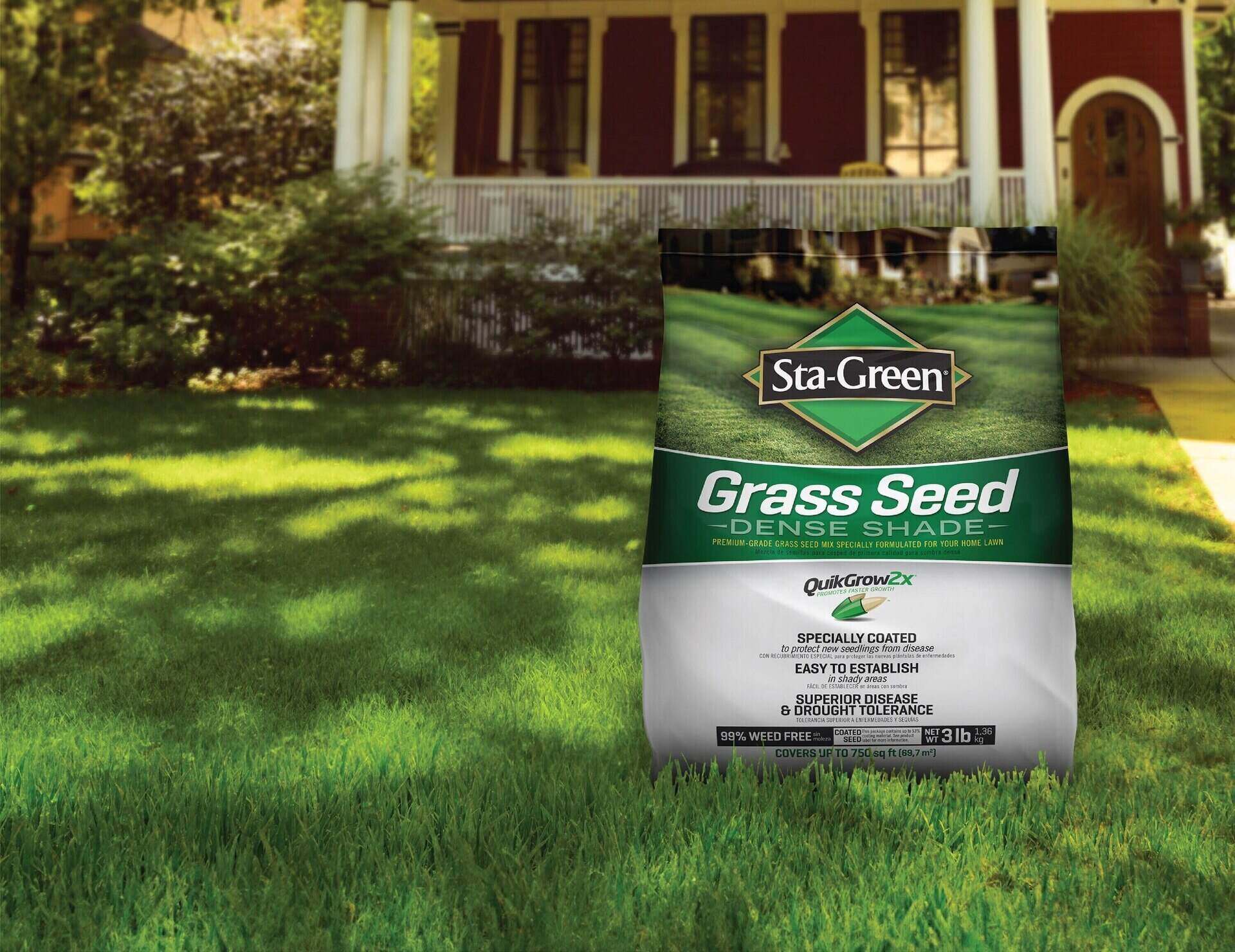
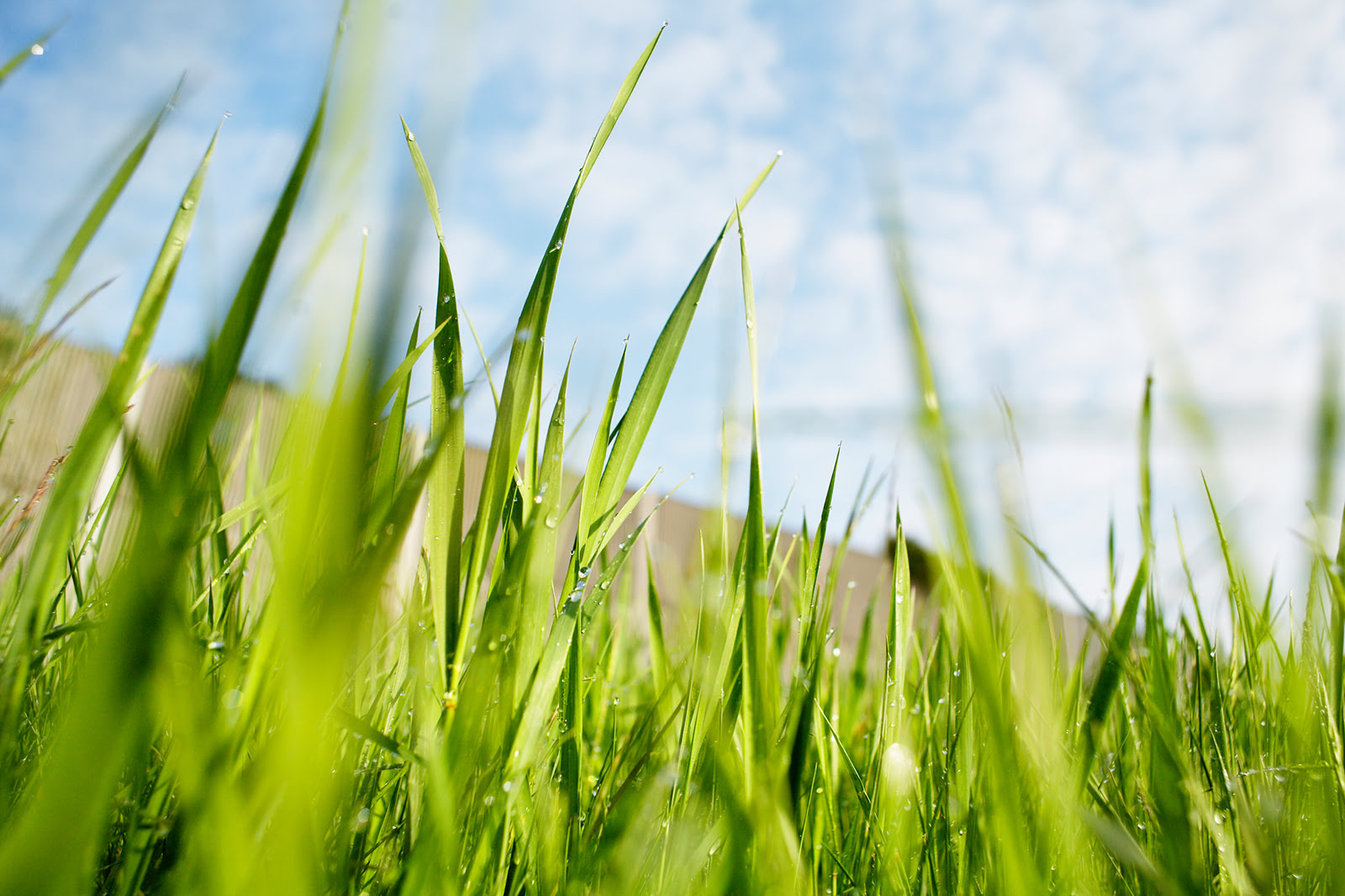
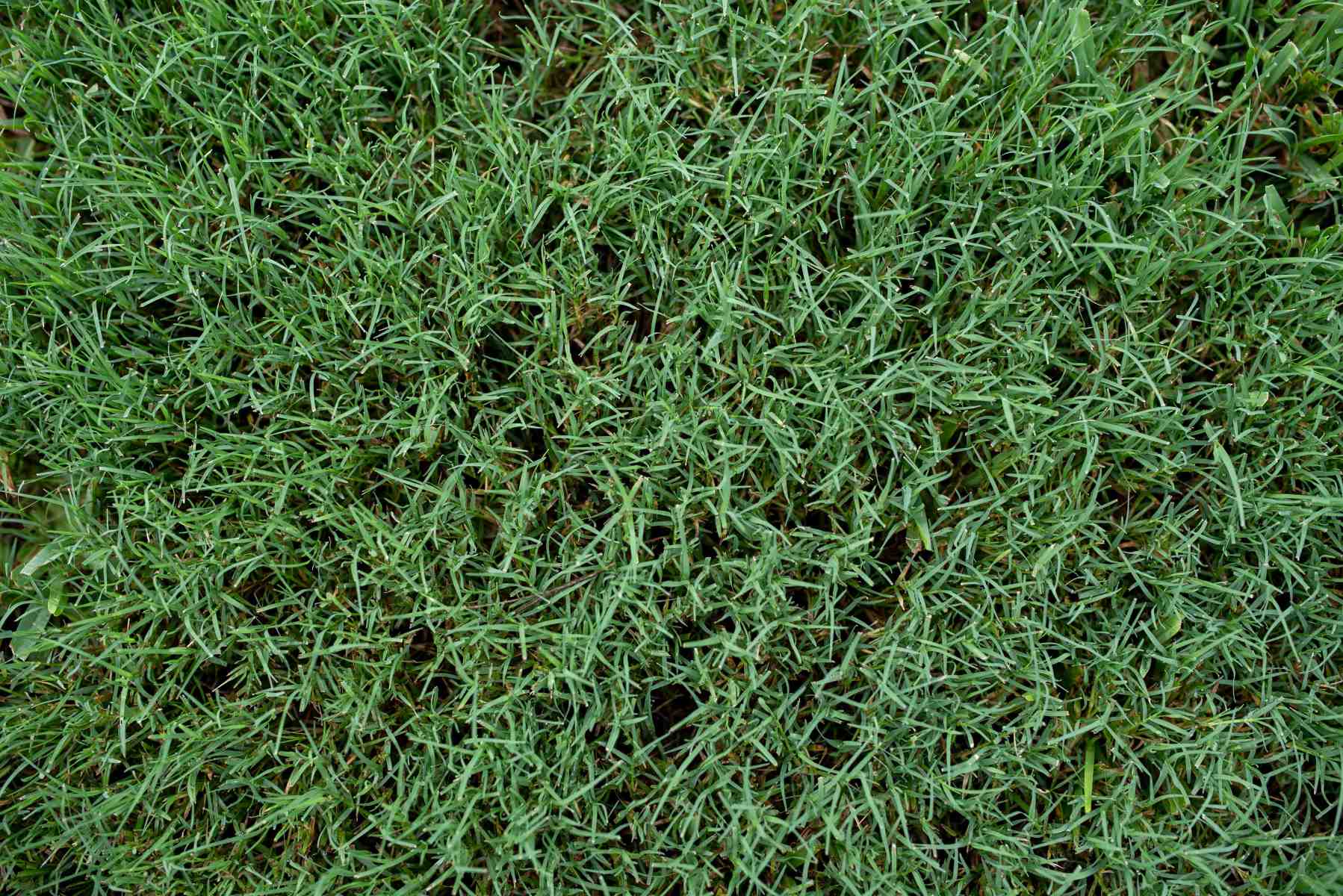
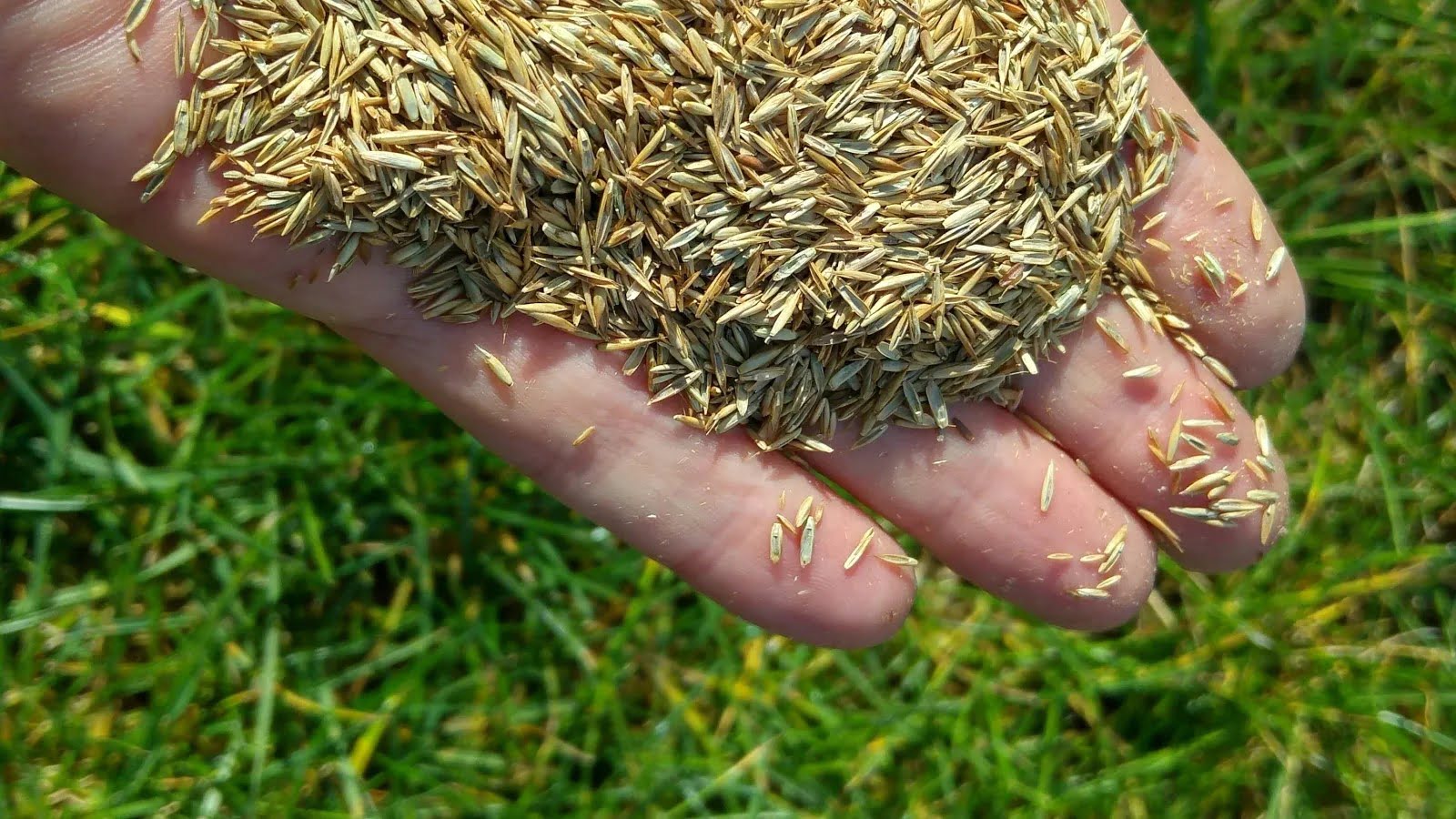
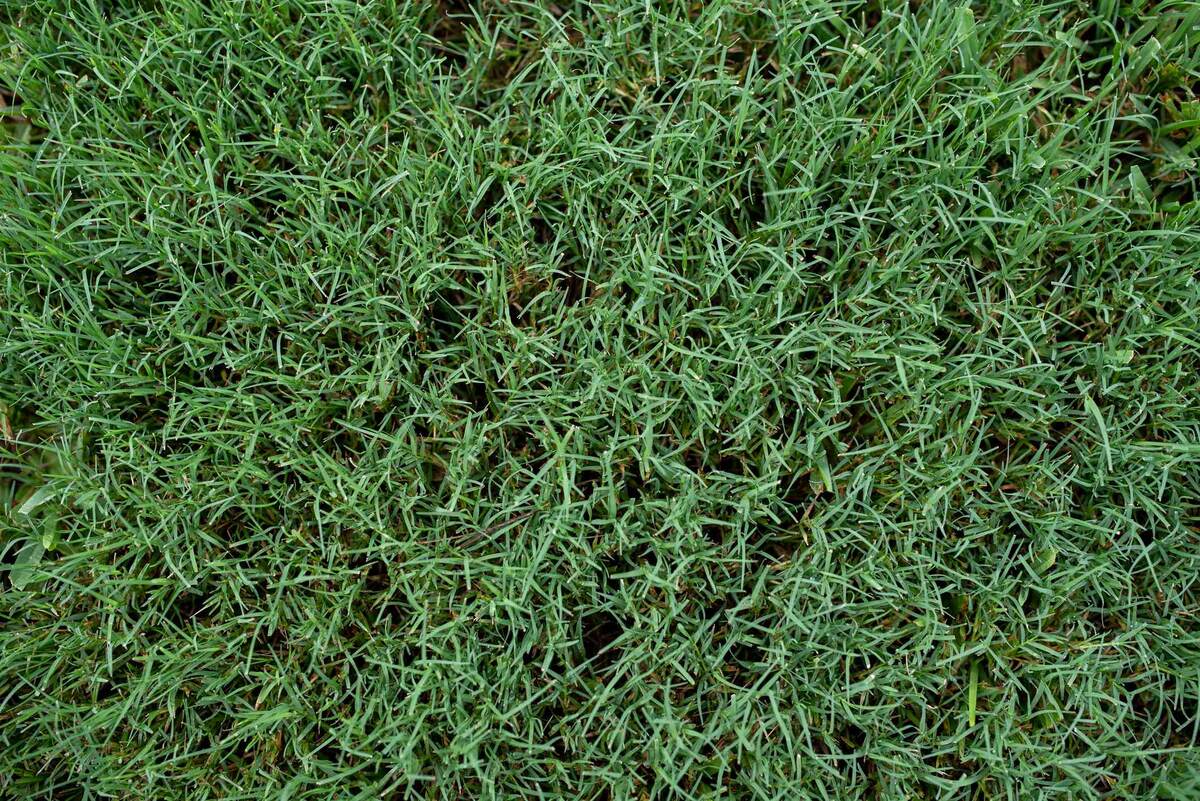
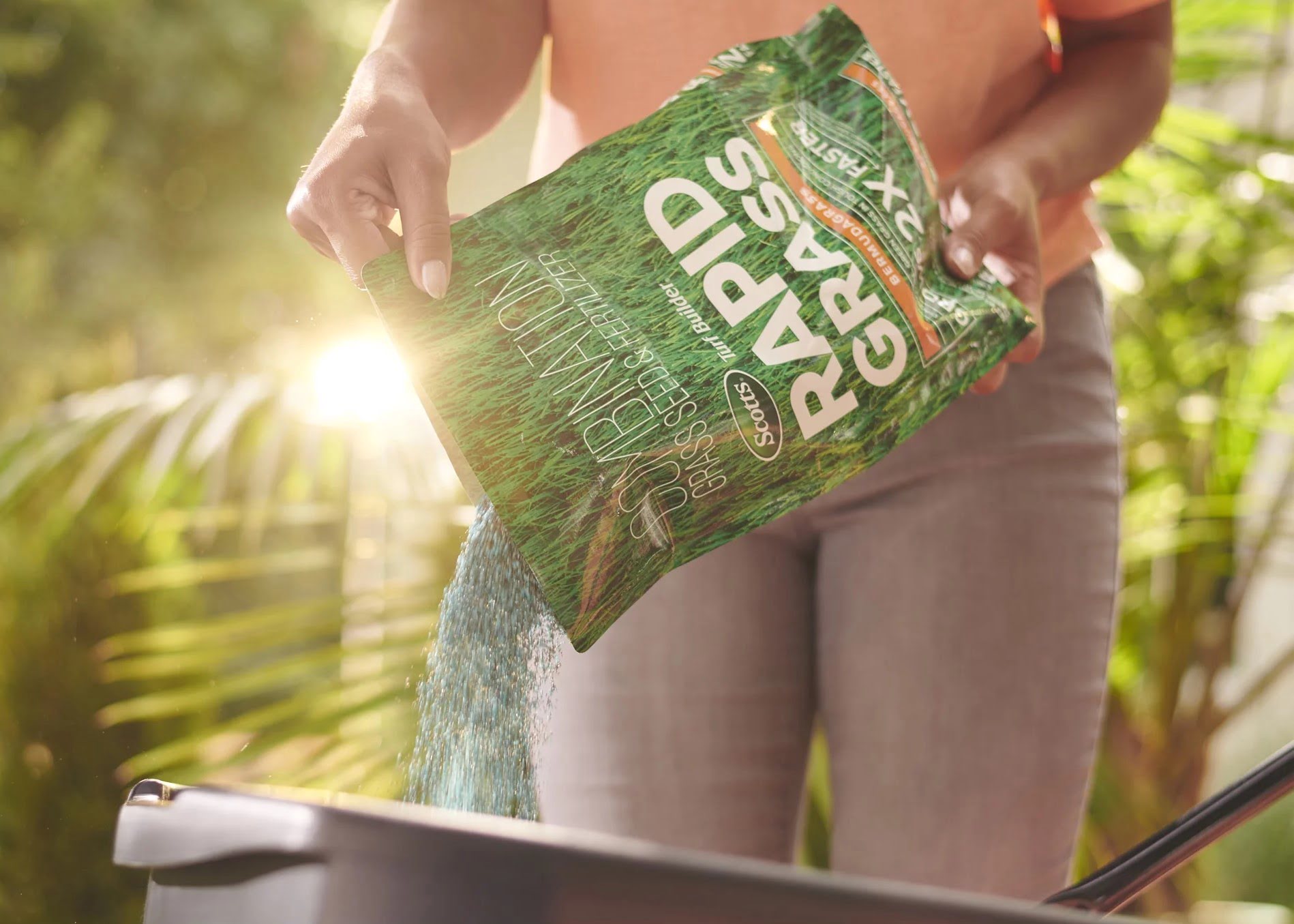
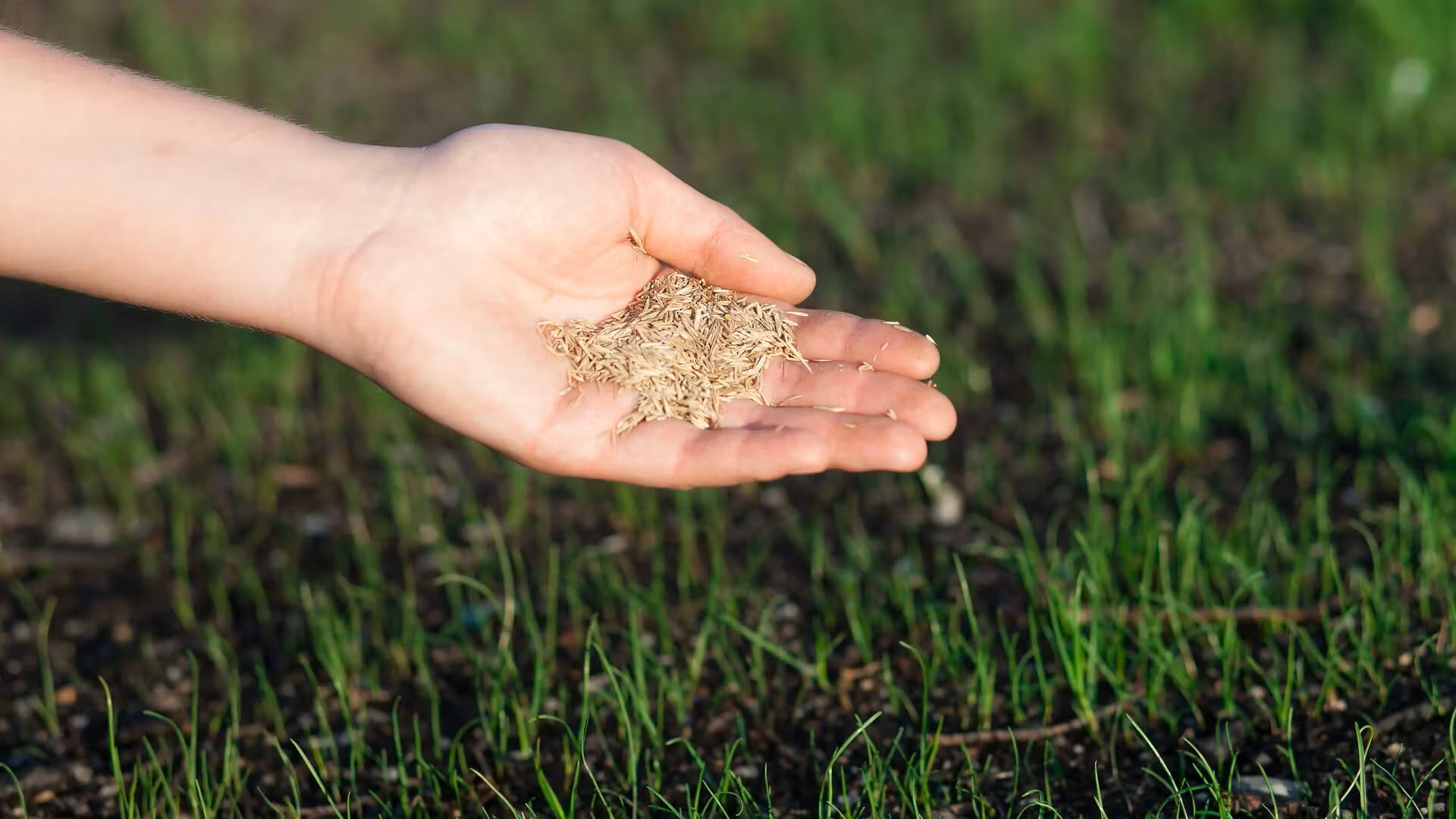
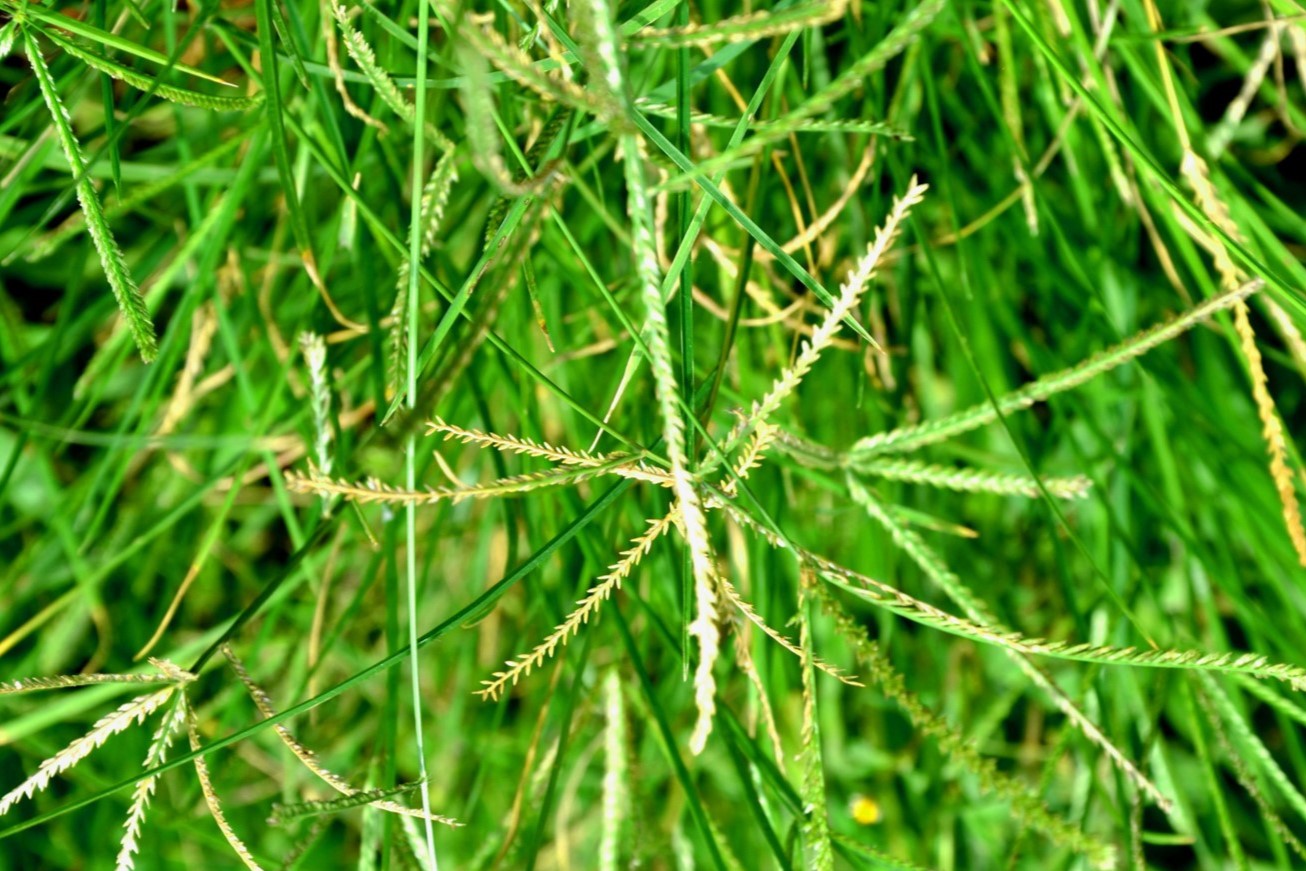
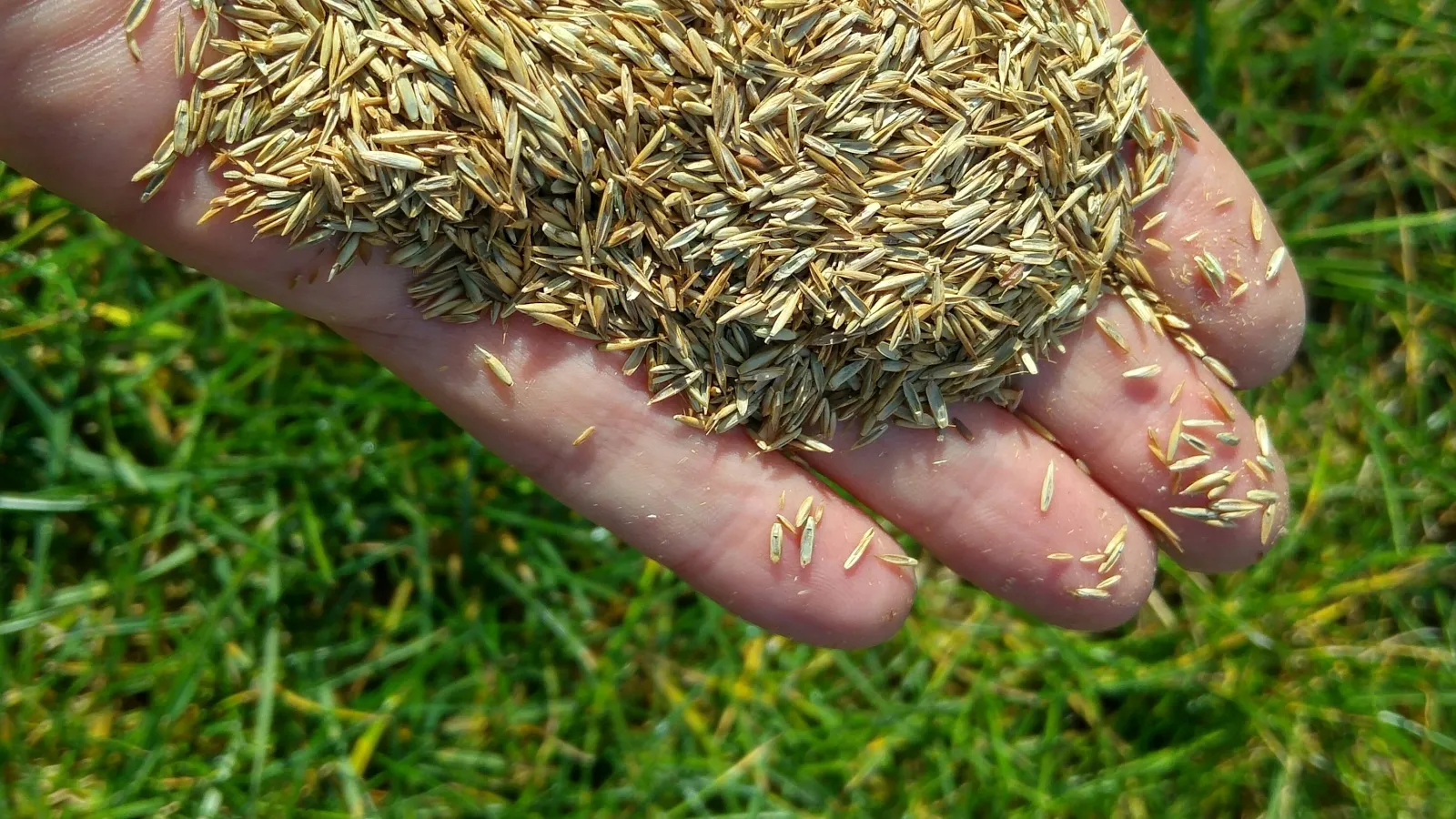
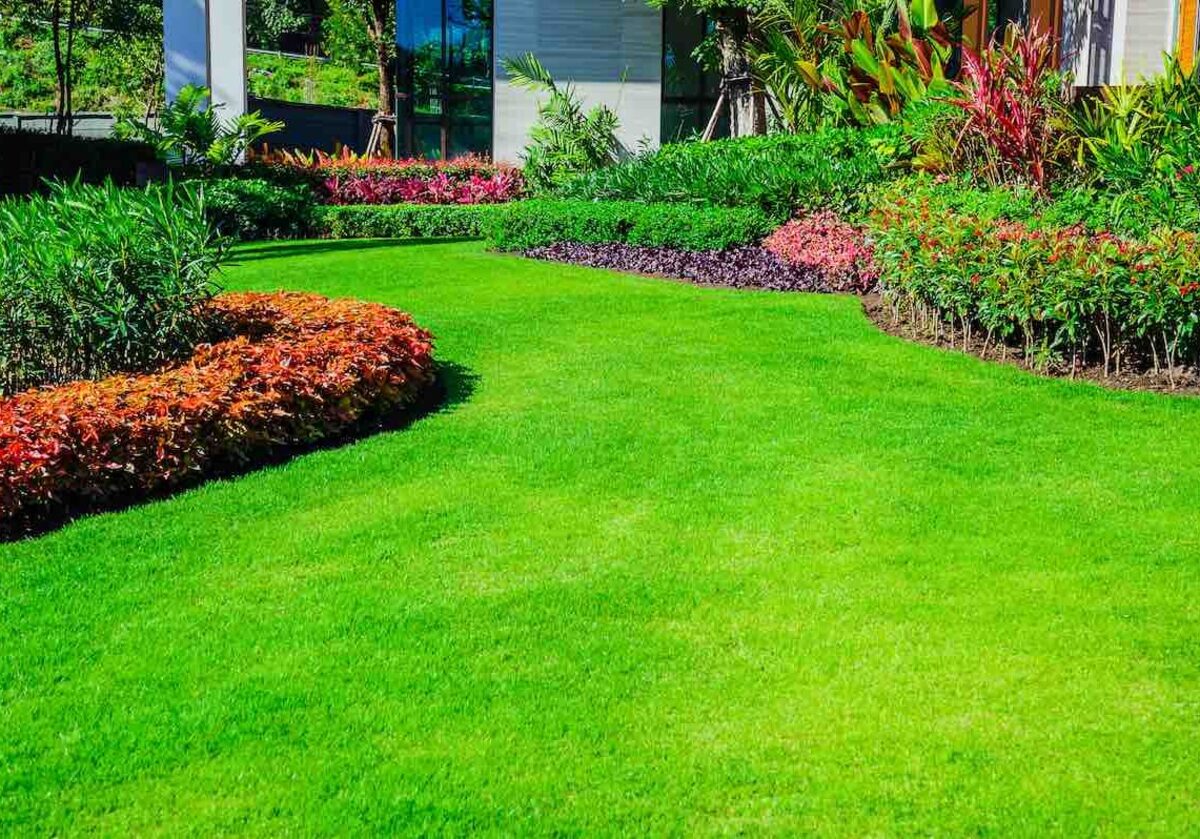
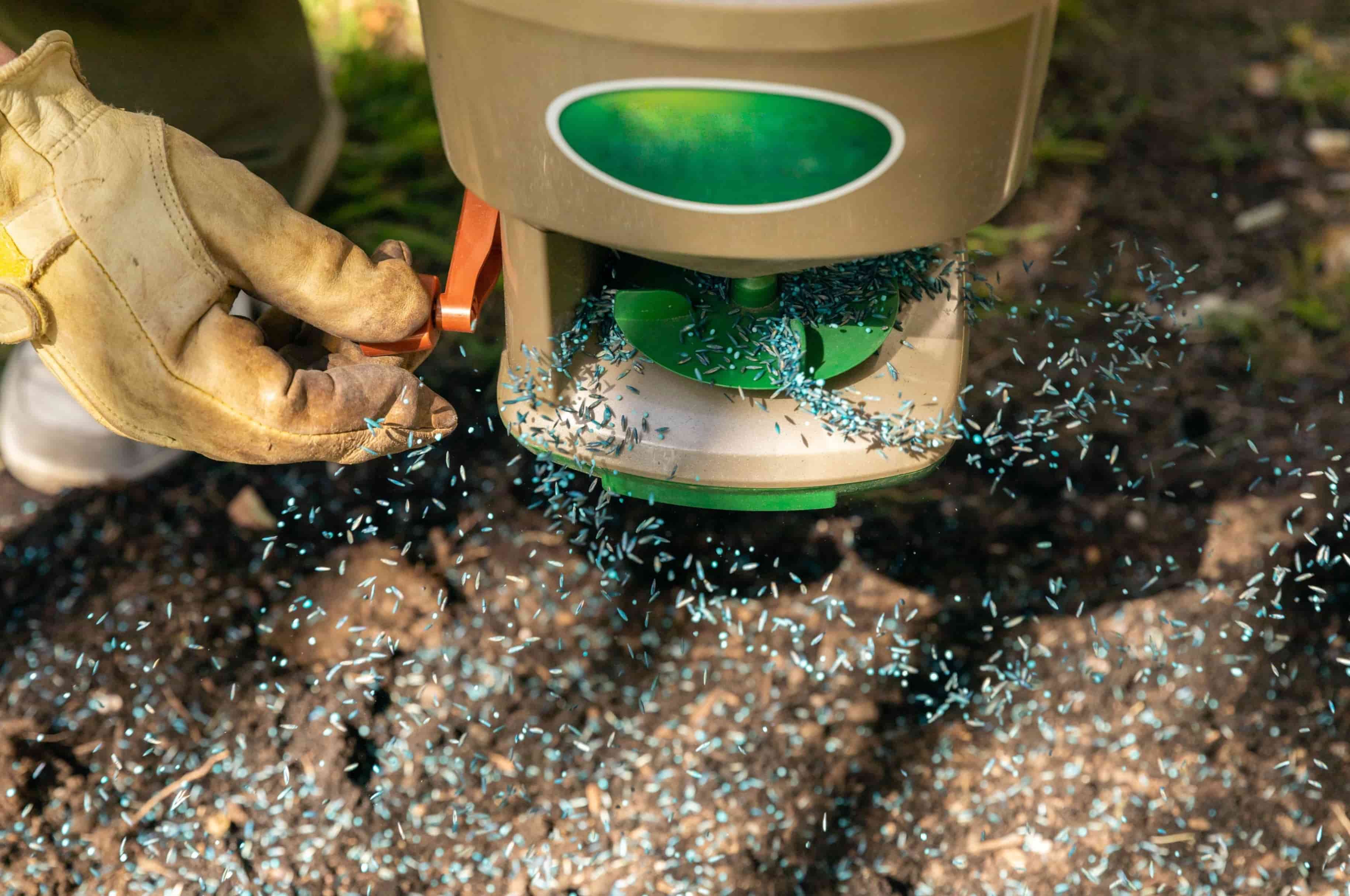
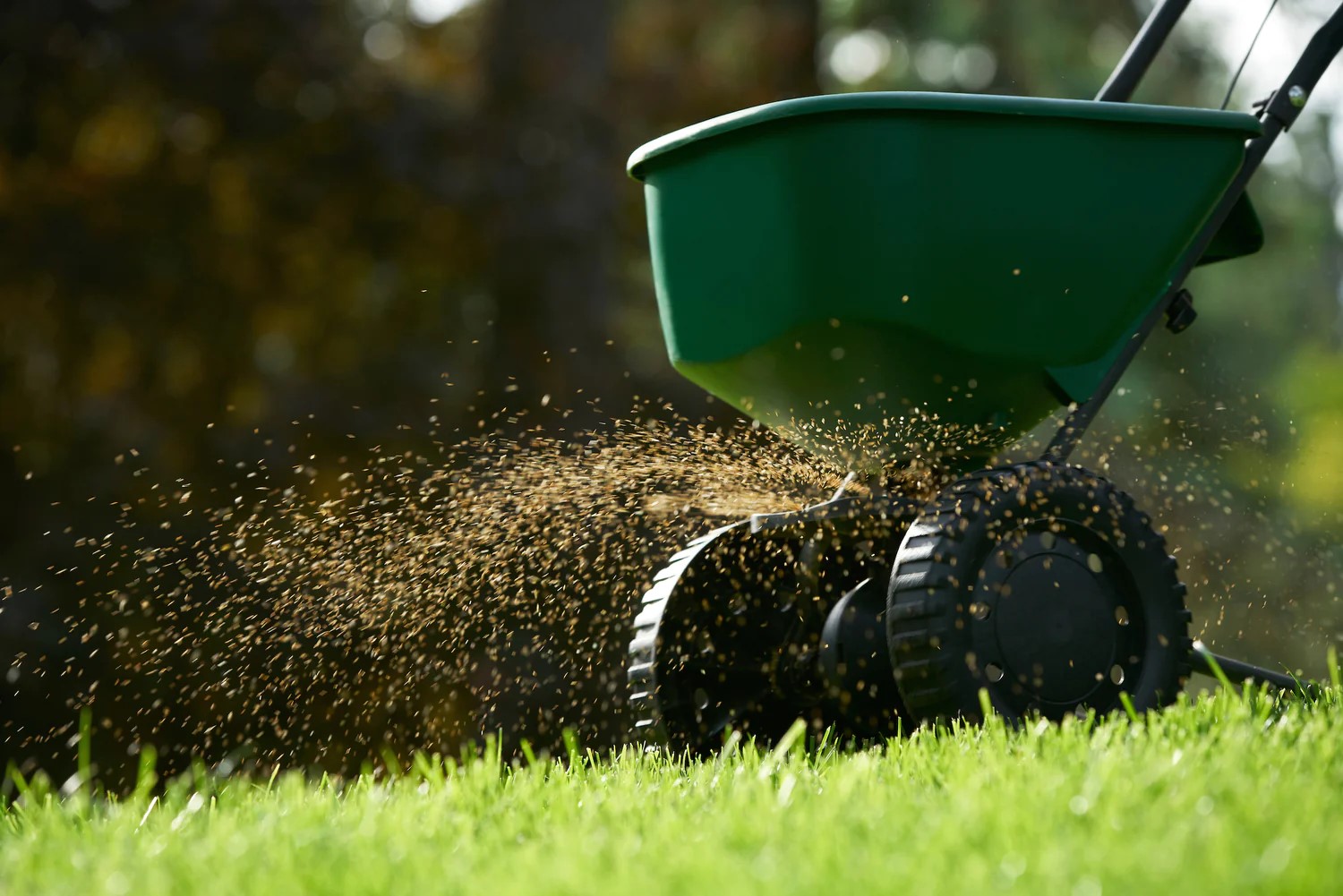
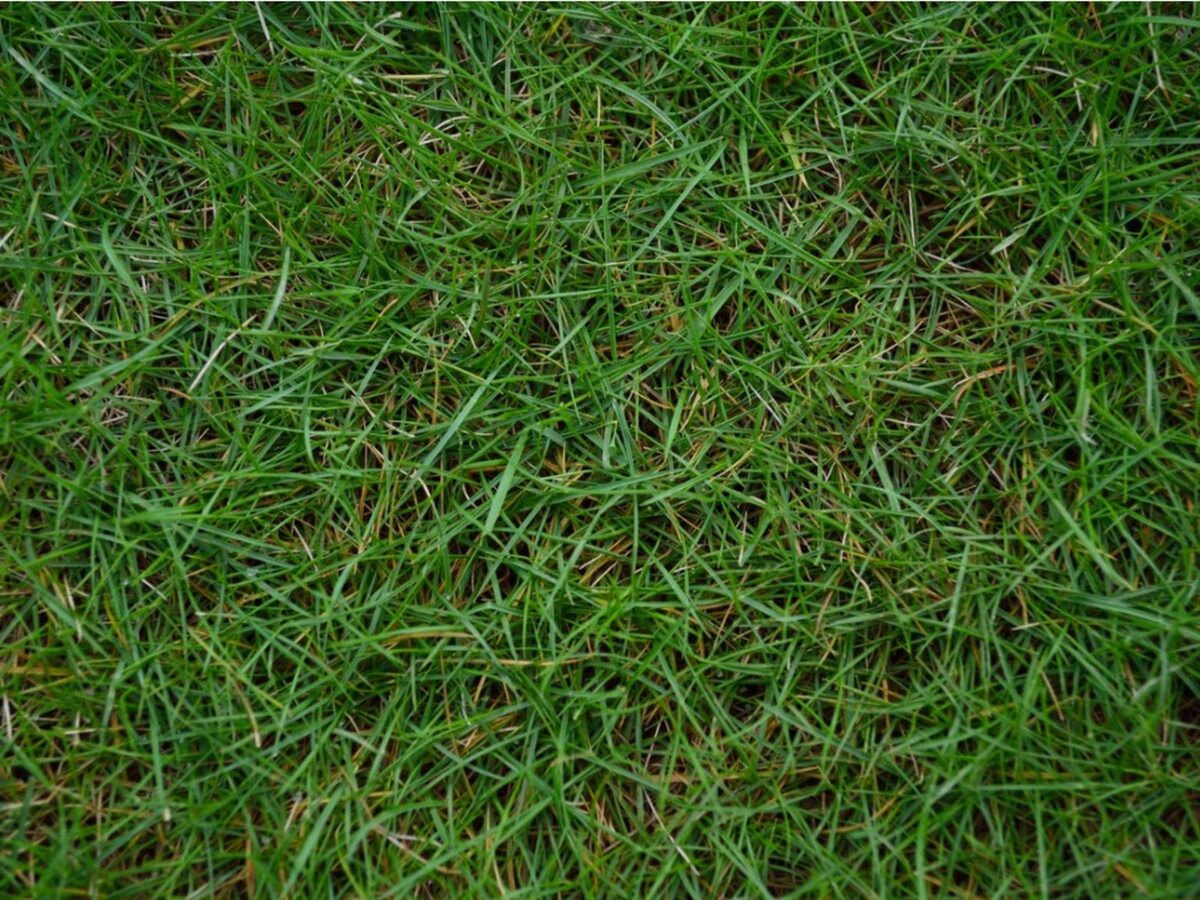
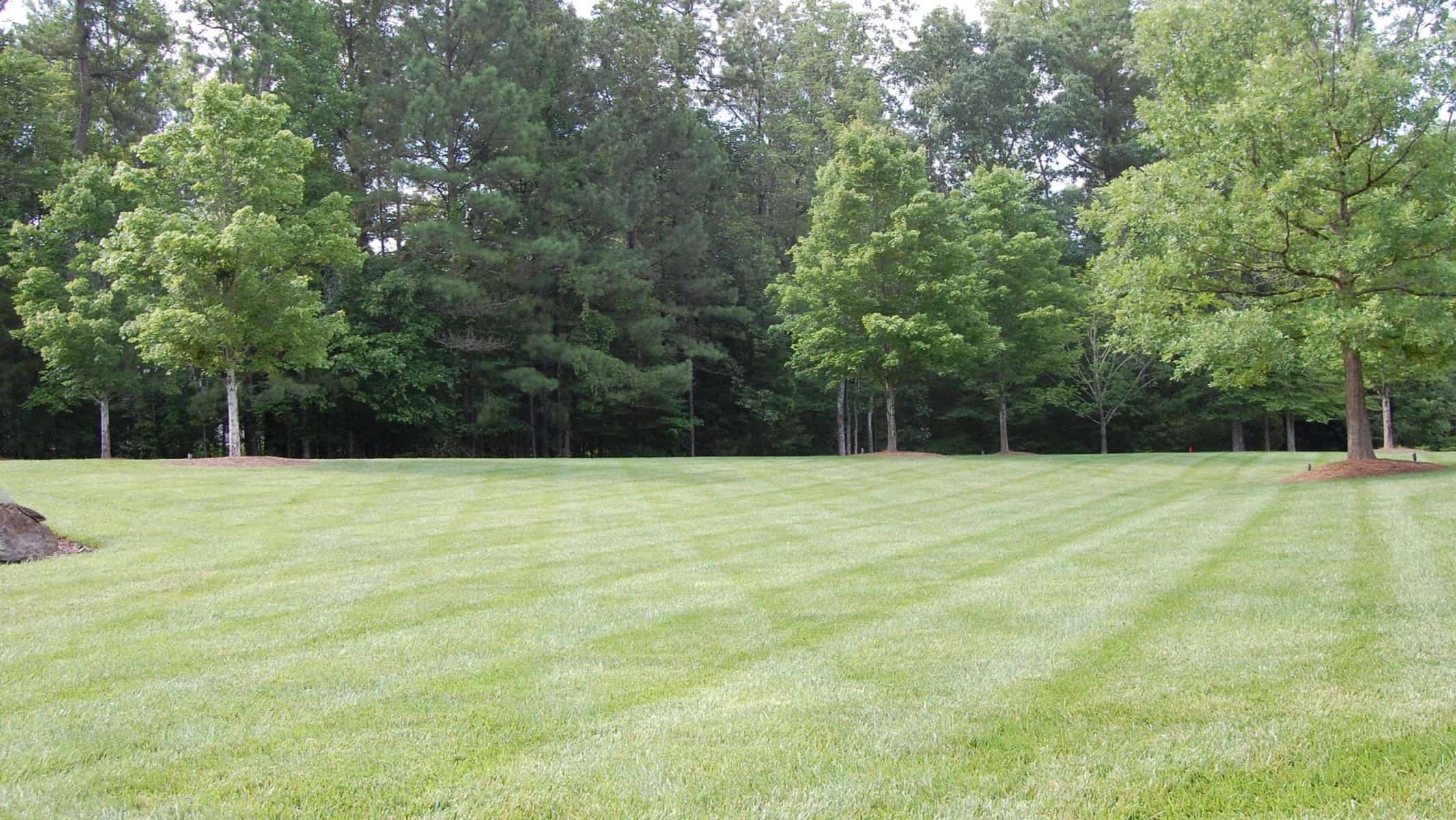

0 thoughts on “When To Plant Bermuda Seeds”